Clive Fleming and David Galloway have for the past four years been refining the scalable business model of their start-up, Reclaim PV. The two have been applying ingenuity and grant monies to methods of collecting and recycling a test trickle of around 10,000 solar panels a year, and preparing for what newspaper reports this week signalled as a “looming waste crisis”.
Fleming and Galloway wouldn’t put it that way. They identify opportunity in every aspect of Australia’s solar-energy boom that in 2018 saw rooftop solar hit the milestone of 2 million home installations, alongside a tripling of the country’s utility-scale solar capacity.
They see benefits in collecting data along with disused, damaged and dullard panels, in reusing recovered components of the solar glass sandwich, and in keeping millions of tonnes of solar waste out of landfill in Australia.
The looming potential for solar-panel recycling will likely take around a decade to rev up to its skyward trajectory. Simon Holmes à Court, advisor to the Energy Transition Hub at Melbourne University, calculates the average age of solar panels in Australia is three years and five months.
Couple that with 2015 analysis by Sustainability Victoria that confirmed the lifespan of Australia’s installed solar panels at between 15 and 35 years, and there’s a great future in the processing of panels as they reach their use-by dates.
In 2016, the international Renewable Energy Agency (IRENA), estimated the global value of materials to be recovered from solar panels by the year 2050 at around US$15 billion.
So far Reclaim PV has been working with companies such as Canadian Solar, ReneSola, Q Cells, SunPower and Suntech, to recycle panels that failed under warranty, or that have been damaged during transit or installation. “We went to a select number of manufacturers” in the first instance, says Fleming who has forestalled “opening the doors”, until long-term viable plans were in place.
These manufacturers were ahead of the curve in planning for stewardship — responsibility for the environmental, health and safety impacts of products throughout their life cycle — in advance of government regulation of solar-panel disposal.
Victoria will ban the disposal of electronic waste, including all elements of PV systems (panels, inverters, batteries, inverters) in landfill from 1 July 2019. The first phase of an analysis of how to support the end of life management of solar panels, commissioned by Sustainability Victoria, and jointly carried out by sustainability-management company Equilibrium and EY, was recently completed, having engaged all stakeholders in a survey of their needs and expectations.
The next phase of the project, says Tom Pollock, an environmental consultant with Equilibrium, will see the draft design of a management scheme that will be discussed with stakeholders before being finalised by the third quarter of this year. Its recommendations are likely to influence a national strategy for used solar-panel processing.
Take them to the dump? Really?
Reclaim PV was born out of Solar Maintenance and Renewable Technologies (SMART), which Fleming and Galloway launched in 2011.
Fleming recalls SMART being contracted to remove 600 solar panels from a single site, and asking the company what it wanted done with the panels. The response, he says, was, “Just put them in one of those huge bins and take them to the dump.”
“From that point,” says Fleming, “we charged people to dispose of them and we stored them — I think we still have some of those panels.”
Solar panels often contain lead and thin film modules cadmium; left to shatter and degrade in landfill, they can release such toxic substances into the environment. Never mind the lost potential in terms of glass — most panels are 90% glass — solar cells, metal frames and wiring. The difficulty is how to separate these components for reuse once they are set together with hardened layers of ethyl vinyl acetate (EVA). Silver, used in crystalline silicon metallisation, is also of value to recyclers.
Among the milestones in Reclaim PV’s development has been identifying the right process for separating the glass and solar cells in each panel from the EVA. Reclaim PV worked with Flinders University to research methods such as laser ablation and chemical dissolution of the EVA bonds. Chemicals proved effective, but implementing this method would have created more problems — in cost and toxic waste — than it solved.
While Flinders documented its findings, Galloway and Fleming researched a hunch that heat might provide the answer. Using a furnace to heat the panels through stages allowed successful separation of panel components.
A major logistical puzzle for Reclaim PV has been the vast geographical area across which solar PV is deployed, and how to economically transport disused panels to first one purpose-built furnace facility in South Australia, and then to other furnace sites which the company will develop as demand for recycling increases.
Picking up where solar panels left off
Reclaim PV is in the final stages of refining its launch strategy for pickup and drop off of panels around Australia. “Until now, manufacturers have been paying a premium to get the panels to us,” says Fleming. The flat fee per panel, for pickup from anywhere in Australia has been $30, which Fleming says is unviable over the large-scale long term, but has helped support smaller scale testing necessary to develop a comprehensive and efficient system.
Reclaim PV will soon move to a membership model, under which companies — both manufacturers and large-scale solar farm developers — can choose a membership level in line with their anticipated waste flow each year. The model is similar to that deployed in Europe through the PVCycle program.
In addition to reprocessing services members of the program will have access to a constant flow of data, including where the panels are coming from and what caused their demise.
“We want to create a holistic view of what we’re doing from transport right through to our process, what we reclaim, what efficiencies we achieve — and all the parts in between. All that will be reported and catalogued for access by different parts of the industry,” says Fleming.
Manufacturers and industry bodies such as the Clean Energy Council currently have little insight, for example, into where faulty or broken panels are coming from. The CEC, says Fleming, might want to follow up on whether a particular technology is more prone to micro cracks than others because that feedback is valuable to manufacturers — it can inform development of “products that better withstand the robust handling they’re subject to” — and installers handling that technology.
“We want to prevent or reduce as much recycling as we can, to provide information throughout the whole process, for everyone to access,” says Fleming. “There’s also a lot that could be done in the life cycle of solar, for example in terms of using materials that are easier to recycle.”
Fleming and Galloway anticipate processing around 75,000 solar panels in their first year of commercial operations, quickly followed by 100,000 the following year, and then scaling up in line with industry needs. Their recovered glass will enter the feedstock of an Australian glass manufacturer. Solar cells will potentially be repurposed in various ways depending on their residual capacity to generate electricity.
Reclaim PV is working towards a business model that makes sense even without government intervention, although Fleming concedes, “The regulation that will matter is banning solar panels from landfill.”
In the meantime, he says many new projects such as the recently approved 60 MW, 200,000-panel Narrabri South solar farm in New South Wales, have end-of-life provisions in their contracts. As a Canadian Solar project, the recycling for Narrabri South throughout its expected life of 35 years — during which it will generate enough clean energy to meet the equivalent needs of 18,000 homes — will be handled by Reclaim PV.
This content is protected by copyright and may not be reused. If you want to cooperate with us and would like to reuse some of our content, please contact: editors@pv-magazine.com.
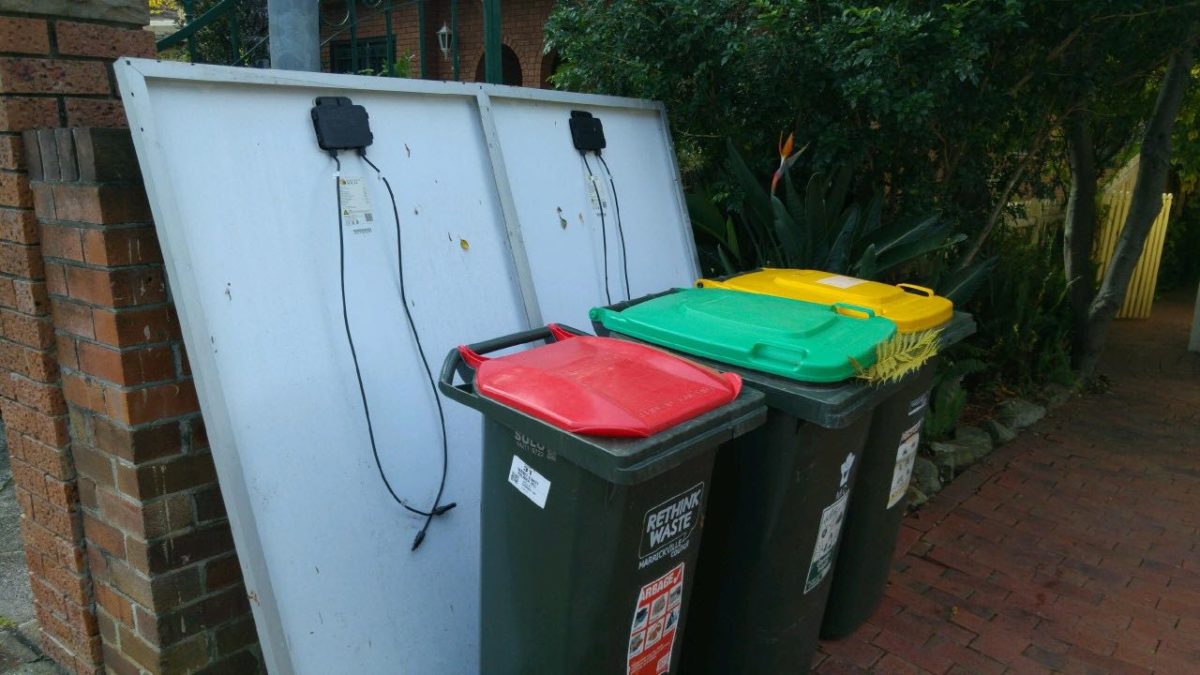
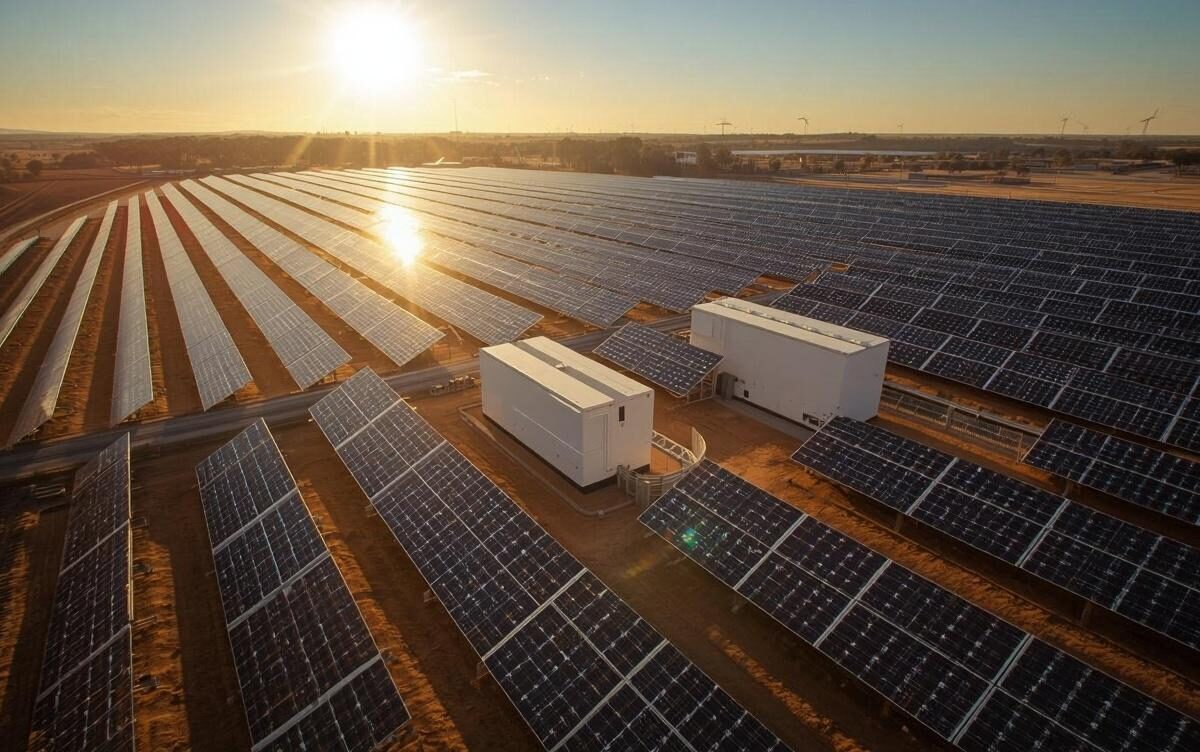


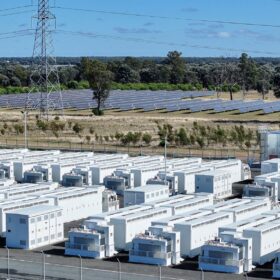

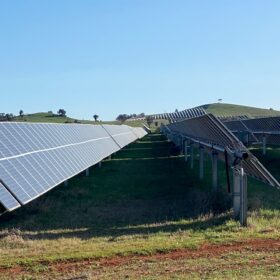
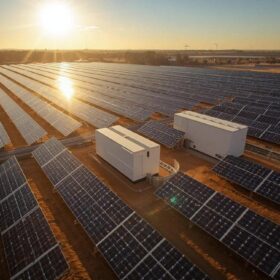
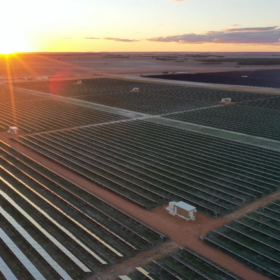
I know the content of your article and your article skills are always good. Thanks for sharing this article This content is very important to me, I really appreciate you.